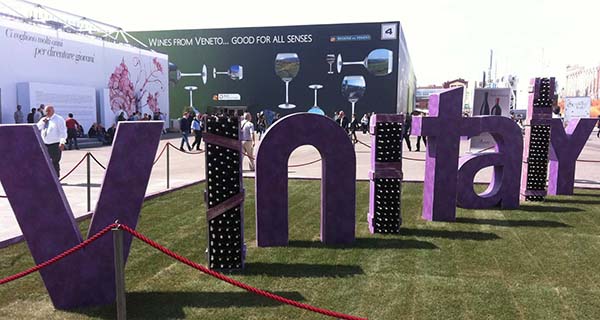
Italian wine: many importers still do not know the product and its history. It is for this reason that the project Vinitaly International Academy was launched. Even though wine exports have just closed with a record season, reporting a turnover of just under 5.5 billion euro, the prevailing belief in this sector is that even better results could be achieved. Consequently, the first move is to further cement the relationship with foreign importers.
THE PRIORITY OF THE PROJECT – “There are a considerable amount of distributors today who are still not familiar with all specifications of Italian wine, especially autochthonous grape varieties that are increasingly capturing the experts’ attention,” says Stevie Kim, managing director of Vinitaly International and promoter of the project Vinitaly International Academy, “Hence, it is a priority to involve them through direct discovery of the territory and their history. In addition, many companies today are limited to exporting their products only to certain cities, as is the case of the United States, where there are already saturated areas, such as New York or Miami, but many others that are not covered. The same is true for China, where exports cannot stay confined to Shanghai and Beijing. We have to expand our action radius and interact with a large number of importers also operating in ‘less heavily discounted zones’.”
NEW OPPORTUNITIES FROM THE WEB AND THE MILLENNIALS – No territory can therefore be dismissed a priori, considering that the web facilitates wine experts, particularly millennials in the age range between 20 and 35 years, to mushroom everywhere in the world. As a matter of fact, this phenomenon has changed the perception of wine itself, as well as overthrown rigid hierarchies established by opinion leaders. “Until a few years ago, it was the sommeliers who dictated the trends and fashions of the industry, whereas now, a ‘DIY’ spirit is emerging which entails the possibility of self-conducted online research, lacking the guidelines of professional experts,” notes Kim, “It is particularly the millennials who want to be inventive and distinguish themselves rather than being in line with what their parents have always drunk and are hence also willing to spend a little more. As a result, Italian wine cellars must change their approach and not limit themselves to B2B marketing but rather seek to communicate with this increasingly influential target market.”
NEW WINES TO BE DISCOVERED – The desire to discover new types of products has finally induced the unveiling of some types of wine. “Whereas all-time classics are always in demand abroad, and prosecco is consolidating its role as a representative of Made in Italy wine,” remarks Kim, “we can detect some simultaneous growth in demand involving other segments, from Sicilian wines, like those produced in the vicinity of Mount Etna, to the red wines of South Tyrol, without excluding the rosé that has been ignored for too long by foreign consumers.
